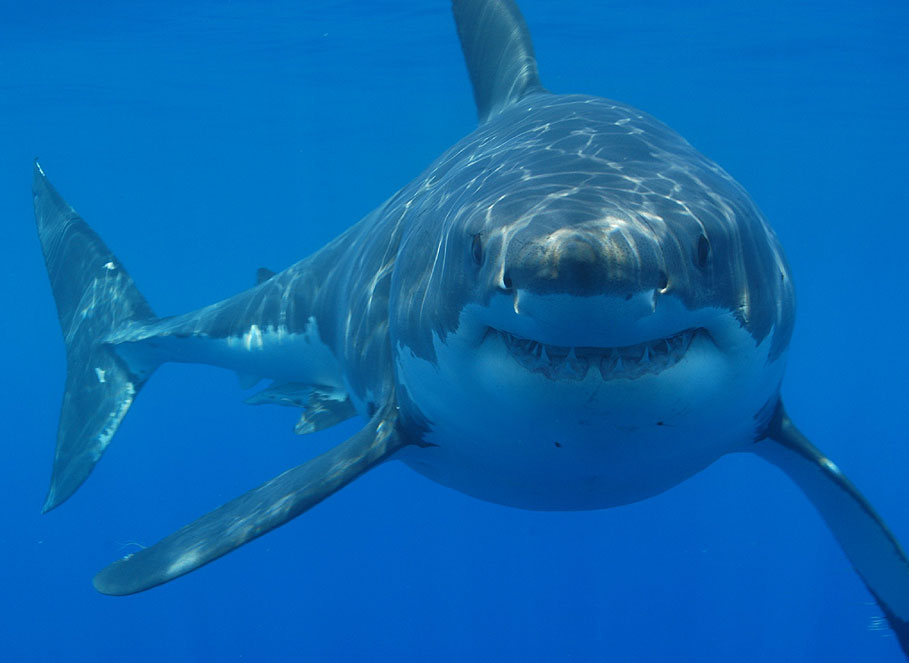Did you know that a bombardier beetle can blast a hot, foul-smelling gas to protect itself?
The bombardier beetle's blast spews from two pipelike structures in its tail. The blast of hot gases reaches a temterature of 100 degrees Celsius (212 degress Fahrenheit). The beetle produces two chemicals that, when mixed together, cause a violent explosion. You might ask, "What keeps the beetle from blowing itself up?" The beetle produces another substance that inhibits the chemical reaction. The two chemicals and the inhibitor are stored in special tanks without the danger of exploding. When a predator sneaks up behind it, the beetle releases the three chemicals into its tail tubes. A fourth substance, called anti-inhibitor, acts to block the inhibitor, and the chemicals explode from the cannon.
A bombardier beetle
Evolutionists claim that the bombardier beetle and all other insects evolved gradually over millions of years from less complex animal forms. These changes supposedly happened to make the animal more fit to survive. Can you imagine the bombardier beetle evolving over millions of years by a series of accidents? First, a beetle would have to develop the two explosive chemicals. Once it developed the two chemicals, it would have blown itself up because it would not know it needed an inhibitor. Can you imagine countless beetles blowing themselves up for thousands of years trying to find a way to control their explosive chemicals? The beetles would have blown themselves into extinction long before a controlling substance evolved.
Let's suppose that some beetles did finally manage to develop the inhibitor. Then, when the beetle tried to blast the predator, nothing would have happened, and the poor beetle would have been gobbled up by the predator. You see, because it had not yet developed the anti-inhibitor, the beetles would have been eaten into extinction. A beetle would also have had to develop the cannon tubes and the sense to know just when to mix the chemicals. In no way can the complexity of the bombardier beetle be explained as a result of accidental, gradual evolutionary change. All the steps necessary for the "fire-bombing" process could not have developed one at a time over millions of years. God created the bombardier beetle with its "fire-bombing" capabilities absolutely complete and functional.
In writing of the possibilities of evolution by gradual change, Sir Fred Hoyle wrote, " The chance that higher life-forms have emerged in this way is comparable with the chance that a tornado sweeping through a junkyard might assemble the Boeing 747 from the materials therein.
From my Science subject...























































